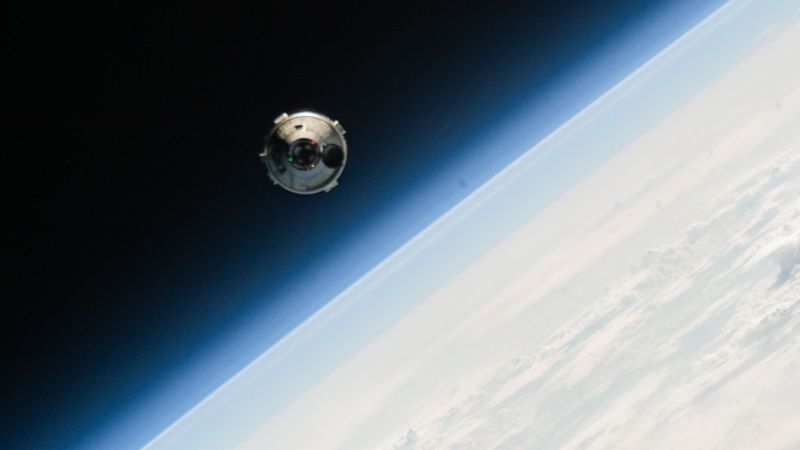
Boeing's Starliner spacecraft, which is designed to transport astronauts to and from the International Space Station (ISS), has encountered yet another delay in its return journey. The latest issue involves helium leaks in the propulsion system, causing NASA and Boeing to review data and manage these small leaks before allowing Starliner's safe return.
The delays have been a recurring theme for the Starliner mission. Initially scheduled for launch on May 6, 2024, the spacecraft faced several setbacks due to issues with its thrusters and helium leaks. The crew of astronauts Butch Wilmore and Suni Williams finally reached the ISS on June 5, but their return has been further postponed.
The Starliner spacecraft is currently docked at the ISS, where it can remain for up to 45 days if needed. The latest delay also accommodates two upcoming spacewalks planned by astronauts outside the station. The second of these spacewalks is scheduled for July 2, indicating that Starliner's return won't occur before then.
NASA and Boeing have stated that they intend to keep the Starliner capsule safely docked with the space station while ground teams work on understanding and addressing the helium leaks and thruster problems. Despite these ongoing delays, NASA's Commercial Crew Program manager, Steve Stich, has assured that there is no reason to believe that Starliner won't be able to bring Wilmore and Williams home.
Boeing's vice president and program manager for the Commercial Crew Program, Mark Nappi, shared that the feedback from Wilmore and Williams about the Starliner spacecraft has been overwhelmingly positive. The crew members have reportedly enjoyed their time aboard the spacecraft during their stay at the ISS.
The helium leaks in Boeing's Starliner are not an isolated issue for the company. In recent months, a door plug came off a 737 Max 9 Alaska Airlines jet at high altitude, and whistleblowers have alleged quality control cuts within Boeing.
